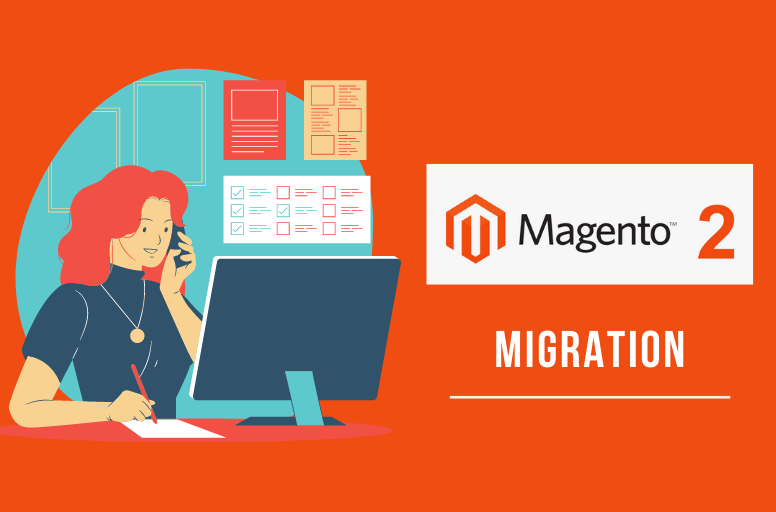Migrating from Other Platforms to Magento 2 Subscriptions Extension
The e-commerce industry has witnessed remarkable growth in subscription models, driven primarily by the convenience they offer to both businesses and consumers. One aspect central to a successful e-commerce subscription model is the ability to manage recurrent payments seamlessly. When it comes to magento recurring billing, merchants often look for scalable, efficient, and integrated solutions. If one is considering making the transition to the Magento 2 Subscriptions Extension, it is vital to understand the migration process, its benefits, and potential challenges.
Why Migrate to Magento 2 Subscriptions Extension?
Magento has long been a favorite among e-commerce platform users because of its flexibility and extensive feature list. Magento 2 Subscriptions Extension is a testament to the platform’s commitment to providing businesses with tools that cater to modern e-commerce needs. Here’s why it stands out:
- Flexibility: Adaptable to different business models, whether one offers monthly beauty boxes or yearly software licenses.
- Integrated Experience: No need for third-party apps; Magento provides a comprehensive solution that includes customer management, billing, and shipping.
- Enhanced User Experience: Tailored checkout processes for subscription products lead to higher conversion rates.
Steps to Migrate Successfully
Migrating to a new platform or extension might seem daunting, but with a systematic approach, businesses can ensure a smooth transition:
- Data Backup: Before initiating any migration process, always back up your existing data. This includes customer information, order history, product data, and more.
- Choose the Right Migration Tool: Several tools can help transfer data from one platform to Magento, ensuring data integrity and minimal downtime.
- Customize as Needed: Every business is unique. Once you’ve installed the Magento 2 Subscriptions Extension, take the time to customize it according to your business needs.
- Test Thoroughly: Before going live, test the entire subscription process, from product selection to checkout and recurring billing, to ensure there are no hitches.
- Notify Your Customers: Inform your subscribers about the migration and any actions they might need to take, like updating payment information.
Potential Challenges to Anticipate
While Magento 2’s Subscription extension is a powerful tool, merchants might face a few challenges during migration:
- Data Loss: Without proper backup and migration tools, there’s always a risk of data loss.
- Downtime: While the aim is always for minimal downtime, sometimes, unexpected issues can lead to longer periods of inactivity.
- Learning Curve: A new platform means new features and functionalities. It might take some time for the team to get accustomed to the Magento ecosystem.
Conclusion: Trust in a Proven Provider
Making the switch to Magento 2 Subscriptions Extension can redefine how one manages and profits from subscription-based e-commerce models. For those seeking expertise in Magento Subscriptions and Recurring Payments Module, PowerSync stands out as a trusted provider. With their experience and dedicated support, businesses can ensure they make the most out of their Magento investments, seamlessly integrating powerful features for an elevated e-commerce experience.


















